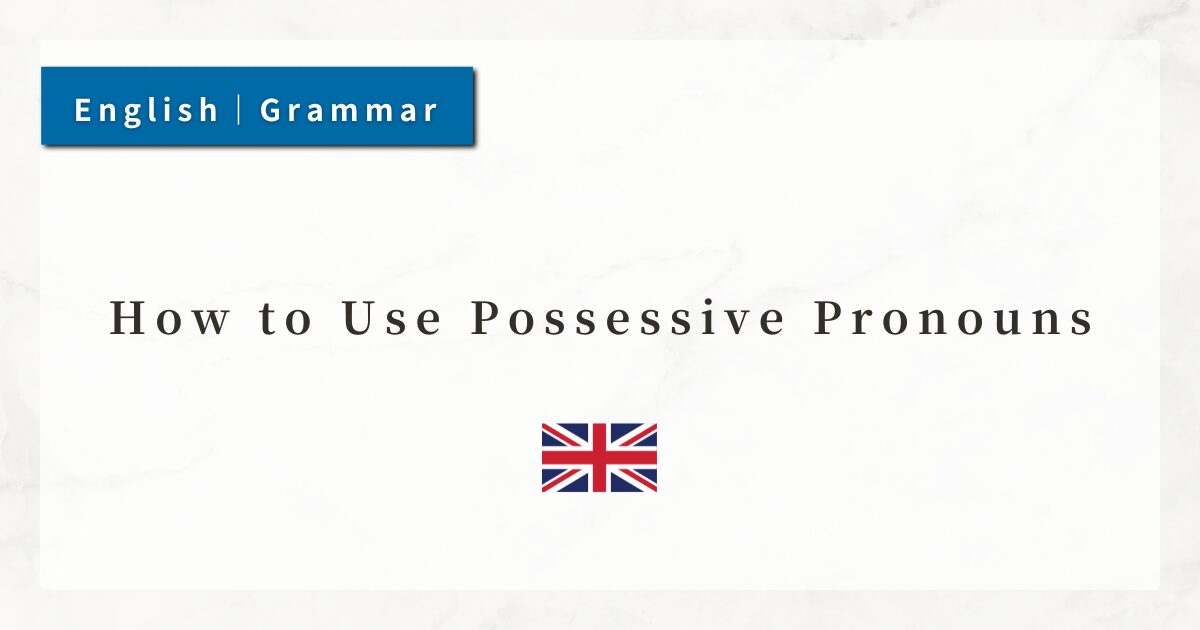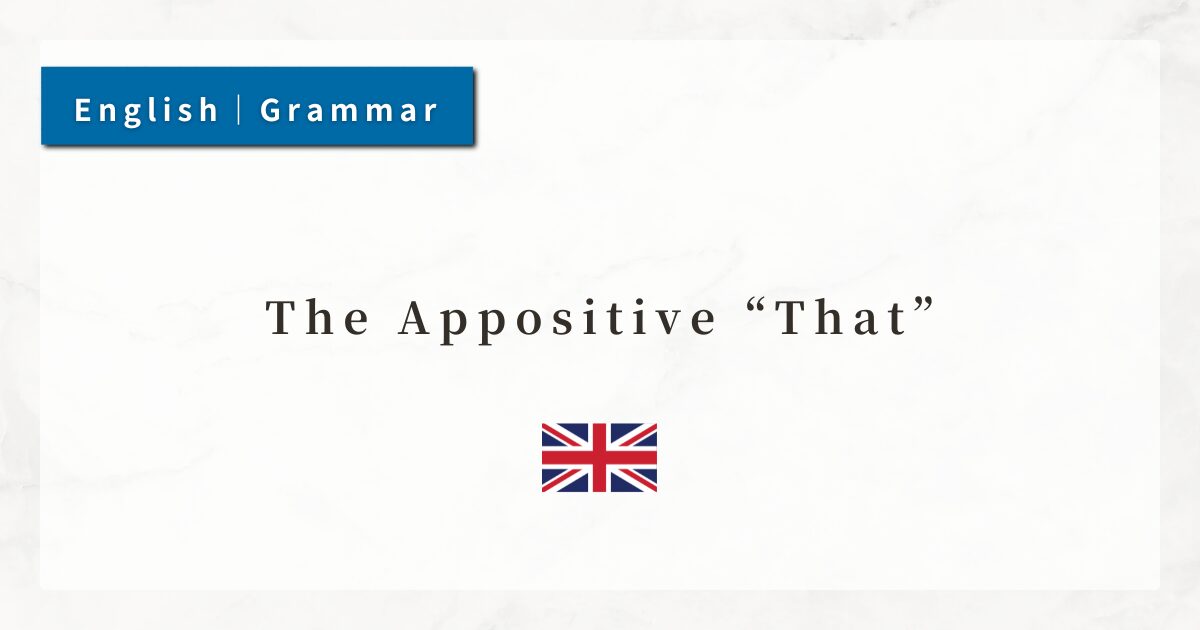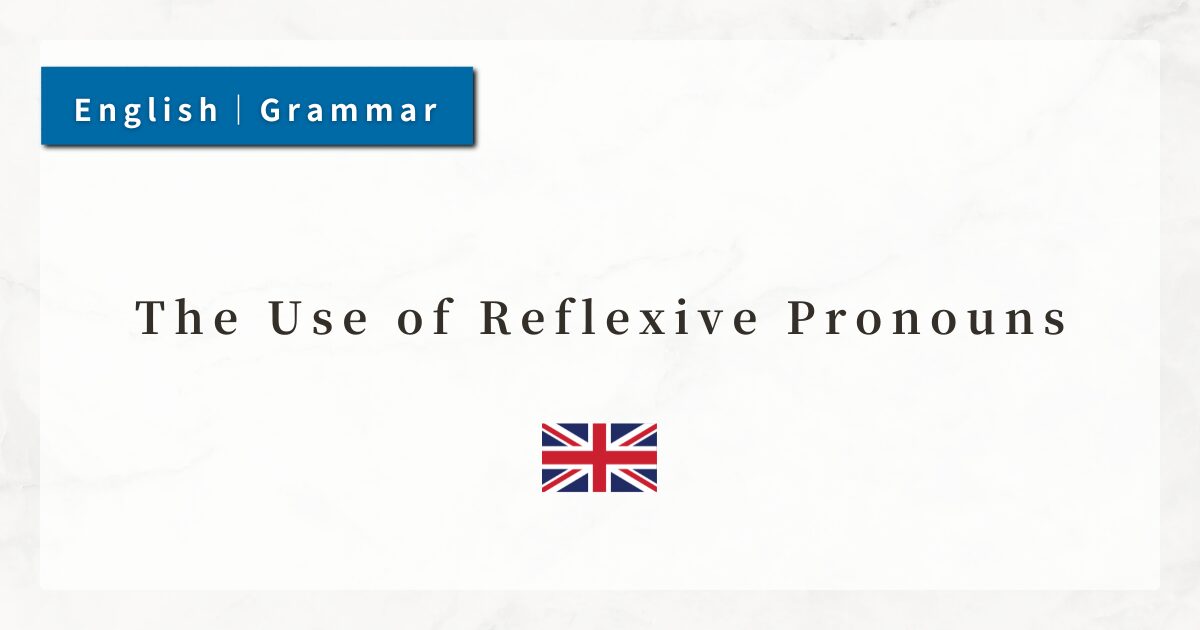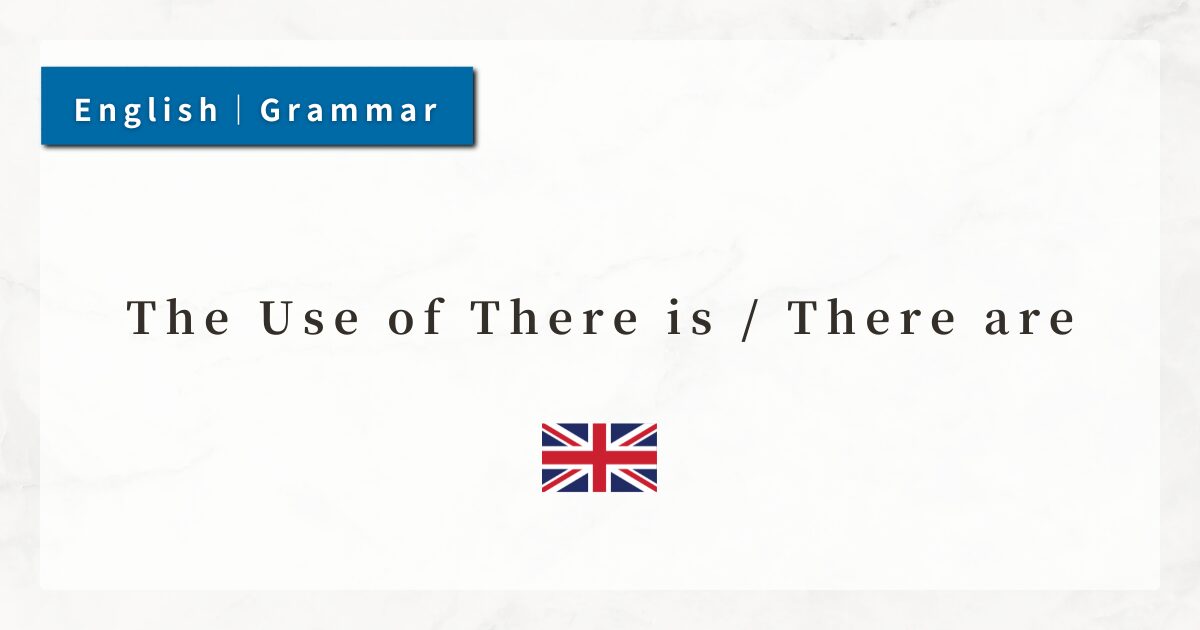#27 How to Use Possessive Pronouns|Comprehensive List and Example Sentences

In English, possessive pronouns are used to indicate ownership, such as “mine” or “yours.” They are especially useful when you want to say “someone’s possession” without repeating the same noun that has already been mentioned.
In this lesson, I will explain in detail how to use possessive pronouns and how they differ from possessive adjectives, with clear examples.
1. What Are Possessive Pronouns?
A possessive pronoun is a pronoun that expresses the meaning of “one’s own” or “belonging to someone.” Common examples include:
- mine
- yours
- his
- hers
- ours
- theirs
For example, in the sentence “This is my book,” the possessive adjective my modifies the noun book to mean “my book.”
However, if the noun book has already been mentioned, repeating it may sound redundant. In such cases, we use a possessive pronoun:
- This is my book. That is yours.
The key point here is that possessive pronouns replace a noun. They stand alone and cannot be placed directly before another noun.
2. Difference Between Possessive Pronouns and Possessive Adjectives
Possessive pronouns replace nouns to avoid repetition, while possessive adjectives are placed directly before a noun.
| Type | Usage | Example | Explanation |
|---|---|---|---|
| Possessive Adjective | Placed before a noun | This is my bag. | bag is directly modified to mean “my bag.” |
| Possessive Pronoun | Used in place of a noun | That bag is mine. | The noun bag is omitted, and mine expresses “my possession.” |
Possessive pronouns are used independently like nouns and cannot come before another noun.
3. List of Possessive Pronouns
English possessive pronouns can be organized as follows:
| Person | Possessive Pronoun | Corresponding Possessive Adjective |
|---|---|---|
| 1st person singular | mine | my |
| 2nd person singular | yours | your |
| 3rd person singular (male) | his | his |
| 3rd person singular (female) | hers | her |
| 3rd person singular (thing) | its ✳︎ | its |
| 1st person plural | ours | our |
| 2nd person plural | yours | your |
| 3rd person plural | theirs | their |
Although its exists in theory, it is rarely used in everyday English. When referring to the possession of an object, speakers usually restructure the sentence instead.
4, Usage of Possessive Pronouns in Sentences
4-1. As Complements in Sentences
Possessive pronouns are often placed after the verb be, functioning as complements that describe the subject.
- This is mine.
- That umbrella is hers.
These sentences are examples of the SVC (Subject + Verb + Complement) pattern.
4-2. To Replace a Noun Already Mentioned
Possessive pronouns are also effective as substitutes for nouns that have already appeared in the context, avoiding unnecessary repetition.
- My house is big. Yours is small.
→ Here, “yours” replaces “your house.”
5. Points to Note About Possessive Pronouns
A possessive pronoun already means “one’s own,” so it cannot be followed directly by a noun.
- ❌ This is mine book.
- ✅ This book is mine.
Possessive pronouns are typically used at the end of a sentence or as complements after be. They cannot be placed at the beginning of a sentence or directly before a noun.
6. Summary
- Possessive pronouns mean “one’s own” and are used in place of nouns.
- Possessive adjectives (my, your, etc.) are used with nouns, while possessive pronouns (mine, yours, etc.) stand alone.
- Possessive pronouns are mainly used after the verb be or at the end of a sentence, functioning as complements.
- They help avoid repetition and make sentences more natural.
- It is grammatically incorrect to place a noun immediately after a possessive pronoun.




